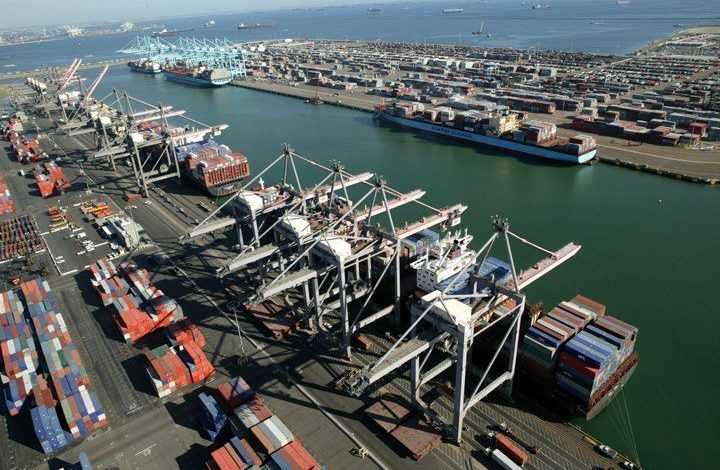Transpacific Stabilization Agreement folds

Liner conferences have fallen victim to regulation as well as consolidation within the container shipping space. On Wednesday the last great liner conference, the Transpacific Stabilization Agreement (TSA), announced it will cease to exist from next month.
The TSA, founded in 1989 to discuss the business on the Asia – US tradelane, had already seen many companies quit. Maersk Line was the most recent to leave, following in the wake of peers Zim, K Line and NYK. That had left TSA with just eight members left, soon to be seven if Cosco’s takeover of OOCL moves ahead smoothly.
“TSA has for many years served a valuable function to the carriers and other industry stakeholders,” said executive administrator Brian Conrad. “Liner shipping is a privately-financed infrastructure for Asia-US trade. TSA has been a key element in helping to maintain and grow a wide range of carriers operating in the trade over the long-term, offering shippers the broadest, most reliable choice of service options possible. It has also been a strong advocate for carrier interests with both global regulators and the shipping public.”
Conrad added that the changes and “challenging times” seen in liner shipping over recent years meant that the association’s original mission was no longer viable.
TSA looks like it will be rapidly replaced by new digital platform the New York Shipping Exchange (NYSHEX) which now has six large liners backing it. NYSHEX allows shippers to book spot containers online.
The TSA’s European counterpart, the Far Eastern Freight Conference (FEFC) closed 10 years ago as the European Commission felt it could lead to monopolistic tendencies among liners.

This is a sign of fewer carriers = greater transparency. The Transpacific Stabilization Agreement, like other so-called ‘conferences’, was mainly a regional rate-fixing cartel; they ‘stabilized’ freight rates by fixing them among the trades’ dominant member carriers. The EC long ago shut down the FEFC with consistent allegations of price-fixing. With the recent wave of consolidation creating fewer carriers, those sharp practices have become harder to hide, even in lax jurisdictions. Consolidation has replaced cartels with monopolies so, for the shipper and the end-consumer of the goods, the commercial environment has not changed. Both restrict the market forces that should be setting a fair price for getting goods to market.
I struggle to see evidence of price fixing in the Trans-Pacific market. Have a look at any of the indices if you doubt that. I’ve been a long time customer of the carriers in this trade; if they were price fixing, they were pretty bad at it…